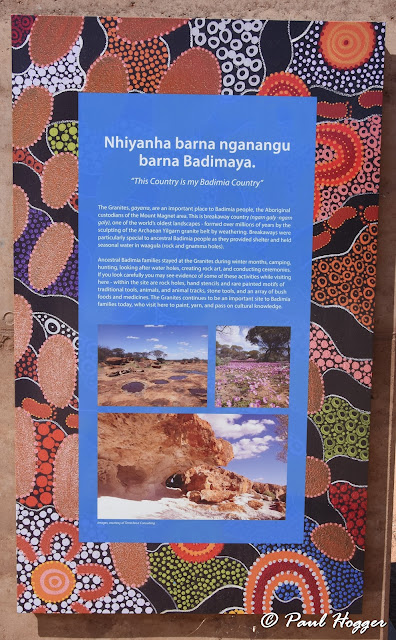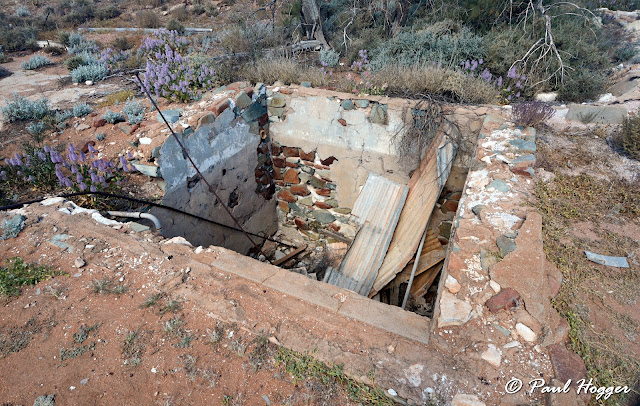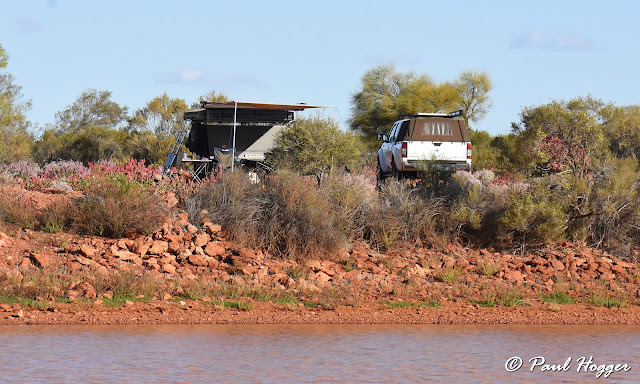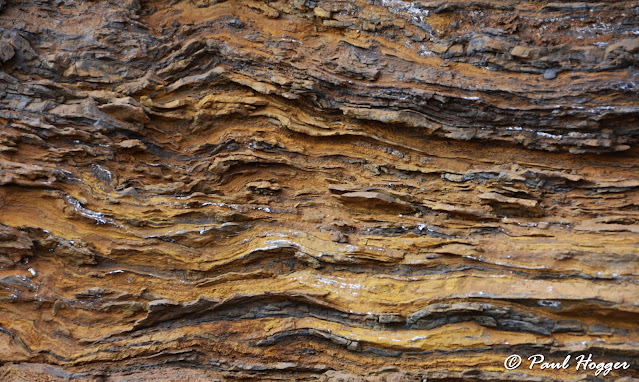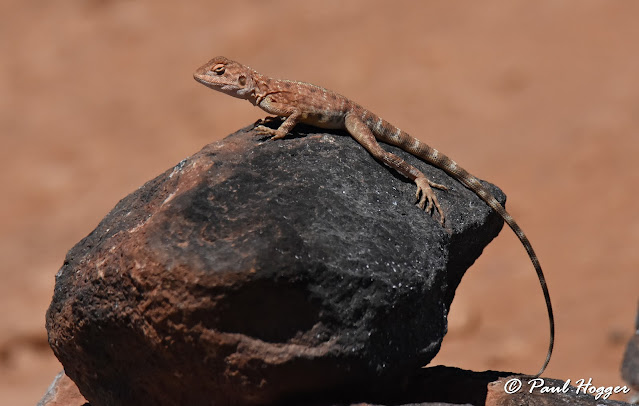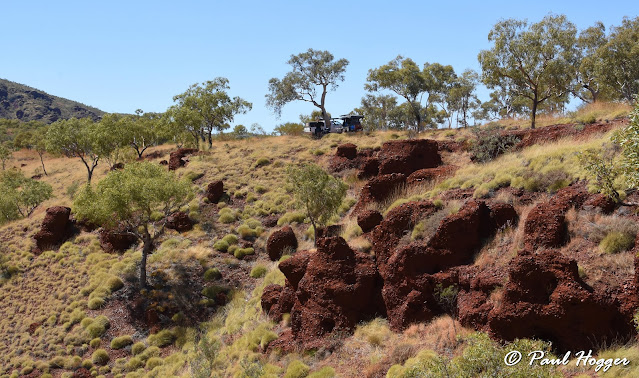GERALDTON TO THE PILBARA VIA THE GREAT NORTHERN HIGHWAY #95
Last year’s annual holiday was a cracker!
We decided to avoid the coastal Covid crowds and huge amount of state bound grey nomads that were swarming on areas from Kalbarri to Broome. So as an alternate option we headed inland to Wildflower country and the Granite Belt to view a less crowded part of the state.
It paid off and we had a fantastic time…..
This year was no different – huge crowds again up north and the coastal areas packed with tourists and those that had broken free of (or were staying away from) their own states Covid lockdown.
Once again we were faced with the dilemma of where to go.
We chose to go to the popular Karajini National Park but decided on an alternate route to get there by going inland and exploring the towns of Cue, Meekatharra, Mount Magnet and Newman on the way.
We had twice as long as last year to explore, but also twice the distance to cover.
This year however was going to be a lot better/easier with our new accommodation option.
Last year we simply camped in our tent and packed everything into the back of the 4WD.
This year we decided to do it with a trailer. We looked at buying a fast set-up forward-fold camper trailer but the price had skyrocketed since covid and we simply couldn’t justify the prices. We did however already have a tradie trailer that we brought new only 3 years ago as a way to transport our gear from Lorelei across to the west coast when we moved over here.
It was sitting idle in the shed gathering dust so we decided to modify it into our own version of a camper trailer with a roof top tent and bike rack. It turned out a treat and made life on the road so much better than last year.
This year’s wildflower season in the Mid West was another awesome event and in particular everyone was talking about the incredible array of Wreath Flowers at Pindar. It is only 2 hours from home so that become our first stop on the journey.
Normally there is a scattering of them along the roadside in the dirt. This year it was a thick carpet of them starting 100’s of meters along both sides of the road.
We went onto the small town of Yalgoo to look at a historical church. It would make an awesome star trail photo location but it was overcast with a full moon so we decided to leave it for another time.
As we cruised north in the late arvo, we saw a raised rocky area and a small dirt road that went around behind it. We pulled of and investigated the area and found a great place to free-camp for our first night. As we set up we had small flocks of Budgerigars flying around us. We also found a trap-door spider.
Then it was onto Mount Magnet and to explore The Granites which are a little further north past the town.
Further north is a 37km tourist drive that takes in the wildflowers, gold prospecting sites, the granite formations, a cave and the natural amphitheatre.
At 6am it was bird central as the birds flocked to the water and into the trees all around our campsite.
We sat up high in the camper (which acted like a bird hide) with our binoculars and Paul's 600mm lens peeking out though the unzipped gapes in the windows.
It was awesome and we took nearly 1000 photos in 40 minutes!
We moved west to Walga Rock to view the rock art in the area. We were blown away by how much there was and the detail. It is the largest gallery in WA.
It was very different in styles from what Paul is used to taking guests to in the Kimberley.
There were also a lot of birds in the area.
We decided to do a walk to the top of the rock. It is a huge monolith and at five km in diameter and 1.5 km in length, it is the second largest monolith in Australia - apparently....
On the way to Meekatharra we found a fresh road kill on the road side and Paul tried to sneak up on the 3 Wedge Tail Eagles that were feasting on the carcass. In the end the Wedgies were wary and stayed in the nearby trees while a smaller kite came down for a feed.
Before heading into town we stopped at the Meeka Lookout which overlooks the town. It has views 360 degrees.
(and the only night we stayed in a caravan park for the entire trip...)
It has tours that run to the mine but they weren't running the day we were there.
The nice ladies at the Newman tourist info centre told us about an Indigenous petroglyph site that was on the way north. She said it was not often visited by tourists as its a rough 2km track into the site.





























